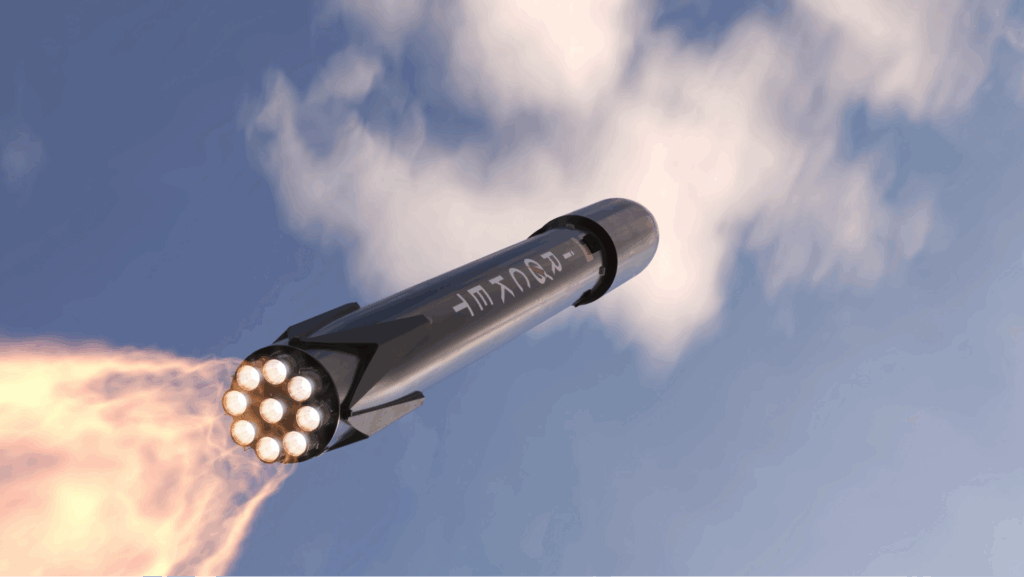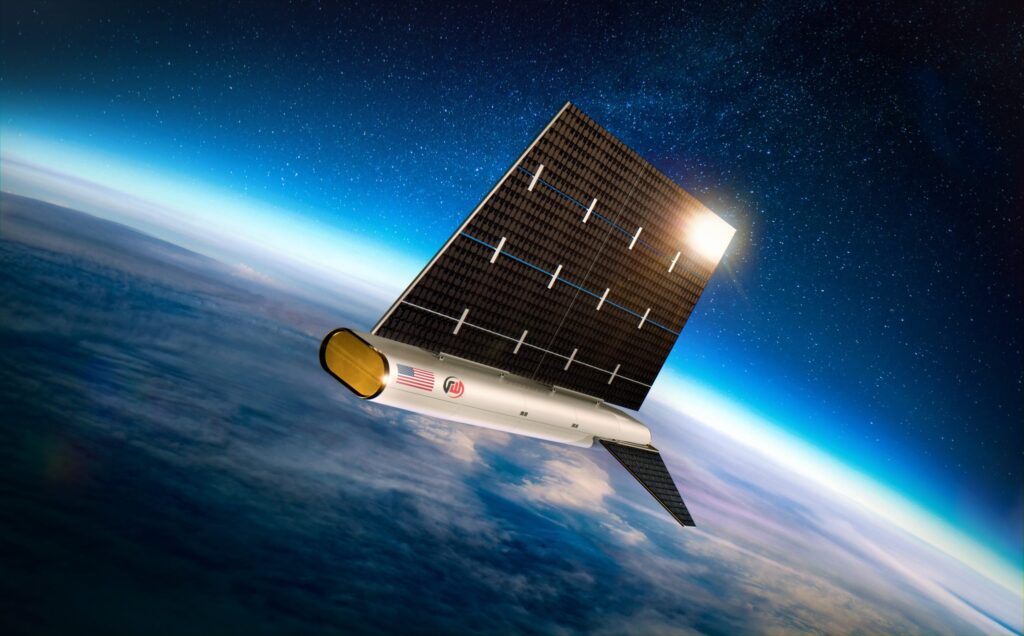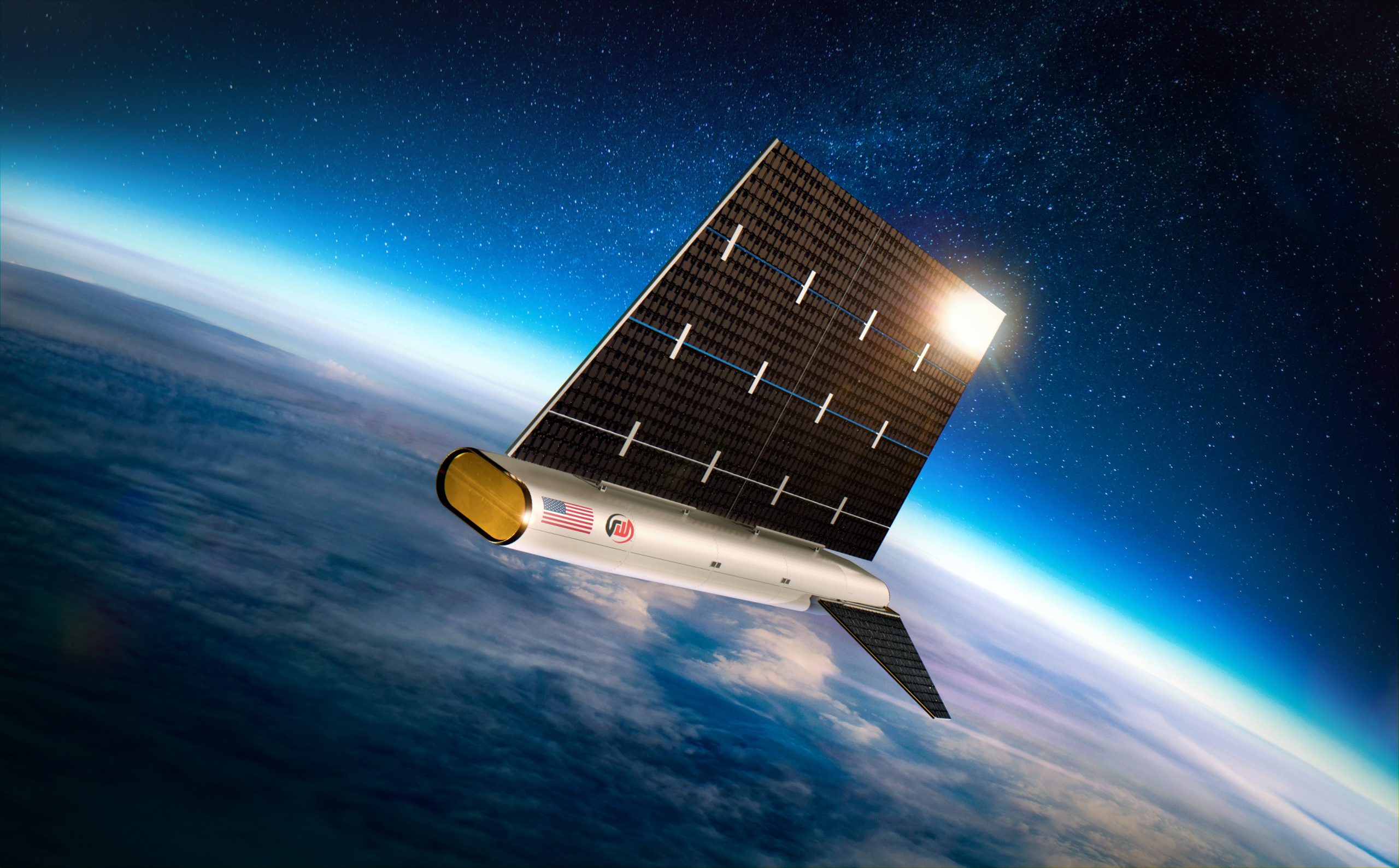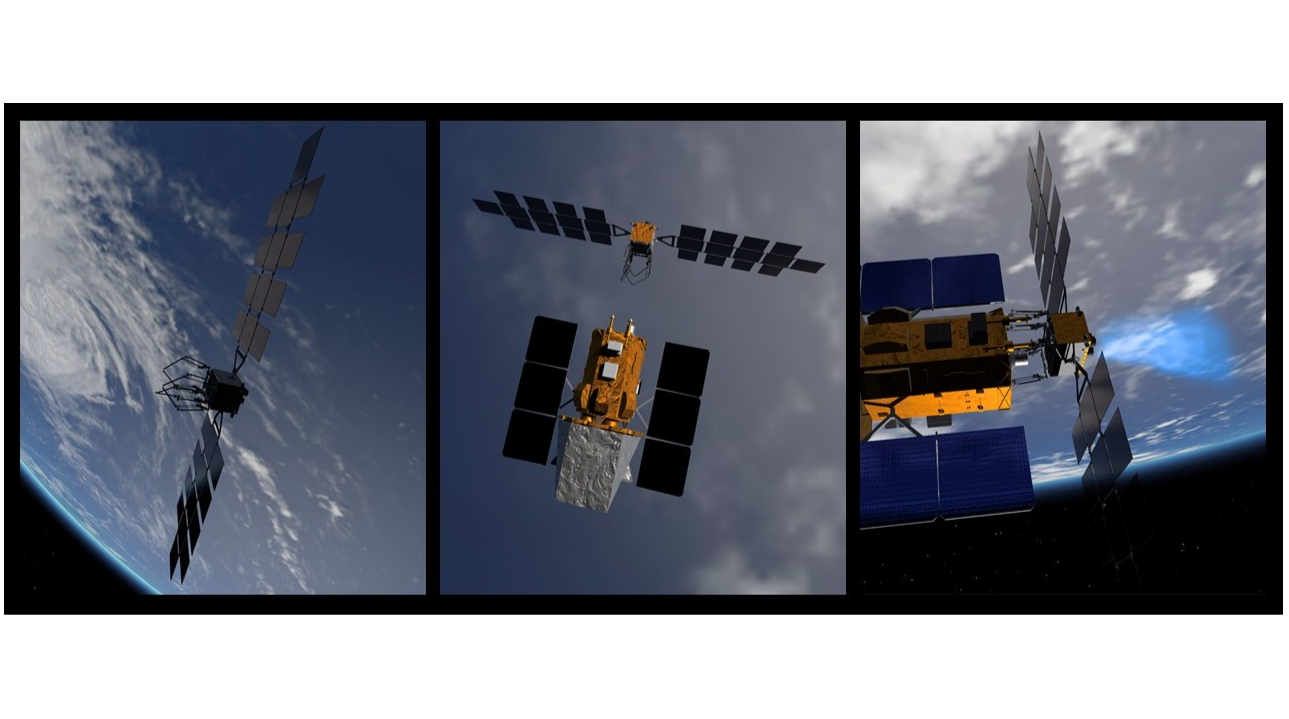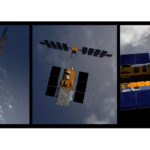Now Reading: Katalyst selects Pegasus to launch Swift reboost mission
-
01
Katalyst selects Pegasus to launch Swift reboost mission
Katalyst selects Pegasus to launch Swift reboost mission
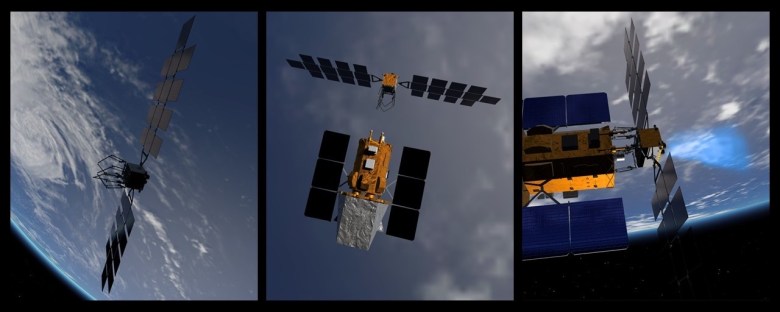
BREMEN, Germany — A startup with a NASA contract to raise the decaying orbit of an astronomy satellite has selected the rarely used Pegasus rocket for the mission.
Katalyst Space Technologies announced Nov. 19 that it will launch a spacecraft it is developing to reboost NASA’s Neil Gehrels Swift Observatory on a Northrop Grumman Pegasus XL. The launch is expected no later than mid-2026 to keep Swift from reentering.
NASA awarded a $30 million Small Business Innovation Research Phase 3 contract to Katalyst in September for a mission to reboost Swift, aimed at keeping the 21-year-old gamma-ray observatory in operation and demonstrating satellite-servicing technologies. The contract covers the full cost of the mission, including launch, with Katalyst responsible for securing a launch vehicle.
Katalyst chose Pegasus, a rocket flown only infrequently today, for several reasons, including Swift’s unusual orbit. The observatory flies at an inclination of about 21 degrees to avoid the South Atlantic Anomaly.
“That means it takes a huge amount of propellant for a rocket launched from the Cape or Vandenberg just to reach the right orbital plane for this mission,” said Kieran Wilson, vice president of technology at Katalyst, in an interview. That rules out most small launch vehicles, which lack the delta-V needed to reach the orbit from existing spaceports, as well as rideshare options.
Schedule is another factor: Katalyst’s Link spacecraft must launch by mid-2026 to reach Swift before its orbit decays too far. “So we need a mature launch vehicle that has the reliability and schedule capability for this mission,” Wilson said.
Cost was the third factor. “This is a fixed-price contract with NASA that had to fit within the cost cap for the mission,” he said.
Neither Katalyst nor Northrop Grumman disclosed the launch price, but they said it was less expensive than a dedicated Falcon 9, which could also provide the required delta-V. “Even at full price Pegasus would be underneath that,” said Kurt Eberly, director of space launch at Northrop Grumman. “We gave them a really good price.”
Northrop has one Pegasus XL rocket in storage that will be used for the mission, Eberly said. The launch will take place from the Reagan Test Site at Kwajalein Atoll in the Pacific, which has hosted several past Pegasus missions. The site’s proximity to the Equator provides favorable access to Swift’s orbit.
Pegasus has launched only three times in the last decade, most recently on the Tactically Responsive Launch-2 mission in June 2021. Despite the long gap, Eberly said both Pegasus and its L-1011 carrier aircraft are ready.
He noted that Northrop’s L-1011, called Stargazer, may be the last of its type still flying. “Ironically, that has allowed us to purchase a bunch of spare parts at a very, very favorable pricing,” he said. While Stargazer has not supported a Pegasus launch in more than four years, it flies regularly for undisclosed customers for flight-testing missiles or other concepts.
Eberly said Northrop has maintained Pegasus expertise through other programs, including missile defense work. “We’ve been able to bring back a few of the old timers who are super excited to come back and work on this Pegasus mission.”

Wilson said development of the Link spacecraft remains on schedule, with qualification of the structure and key components underway. Katalyst had already been working on a satellite-servicing demonstration mission in 2026 to test technologies for future geostationary orbit servicing missions when NASA offered the Swift reboost opportunity.
“We ended up pivoting toward this full operational capability mission that allows us to actually use it for a useful end user,” he said. “This is how this came about and why we can meet this schedule.”
Eberly said that while no additional Pegasus XL rockets are in storage, Northrop would consider producing new ones if there is demand. “The tooling, the motor production, is still available at our production systems group,” he said. “We’d certainly be willing to offer that to other customers.”
Stay Informed With the Latest & Most Important News
Previous Post
Next Post
-
 012024 in Review: Highlights from NASA in Silicon Valley
012024 in Review: Highlights from NASA in Silicon Valley -
 02Panasonic Leica Summilux DG 15mm f/1.7 ASPH review
02Panasonic Leica Summilux DG 15mm f/1.7 ASPH review -
 03How New NASA, India Earth Satellite NISAR Will See Earth
03How New NASA, India Earth Satellite NISAR Will See Earth -
 04And Thus Begins A New Year For Life On Earth
04And Thus Begins A New Year For Life On Earth -
 05Astronomy Activation Ambassadors: A New Era
05Astronomy Activation Ambassadors: A New Era -
06SpaceX launch surge helps set new global launch record in 2024
-
 07Space Force plans new ‘Futures Command’ amid pressure to speed up modernization
07Space Force plans new ‘Futures Command’ amid pressure to speed up modernization












